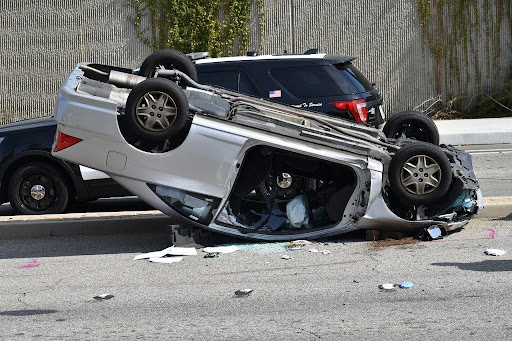When involved in a car accident, determining who is at fault is not just about assigning blame. It directly impacts your ability to recover compensation for medical bills, lost wages, and other damages.
Indiana is a beautiful state in the US. Known for its balanced mix of urban centers and rural communities, Indiana follows a fault-based system.
To understand no-fault state systems and how they differ, it’s helpful to compare them with Indiana’s approach. Doing so can clarify your rights and what to expect under the state’s personal injury laws.
What is Comparative Fault?
In legal terms, “fault” refers to responsibility for causing an accident.
In a pure at-fault system, insurance companies and courts look at who caused the accident, and compensation is awarded accordingly. But what happens if both parties are partly responsible?
Indiana uses what is known as the “51% bar rule.” If you are found to be 51% or more at fault for an accident, you cannot recover any compensation.
But if you are 50% or less at fault, your compensation will be reduced by your percentage of fault. So, if you were 20% at fault and your total damages were $50,000, you would receive $40,000.
Why Does This Rule Matter?
Let us say you were in an accident at a stoplight. You were rear-ended by another driver, but it turns out one of your brake lights was out.
The insurance companies or a court might determine that you were 10% at fault and the other driver was 90% at fault. If your damages were $10,000, you will receive $9,000.
Now, suppose you were speeding and texting when someone ran a stop sign and hit you. A court might find that your actions contributed 55% to the crash.
In that case, under Indiana’s rule, you will not be eligible for any compensation, even if you suffered serious injuries.
How Fault Is Determined
Determining fault is not always straightforward. Insurance companies, attorneys, and sometimes courts will look at various pieces of evidence, including:
- Police reports
- Witness statements
- Photos or video footage of the accident scene
- Vehicle damage reports
- Expert testimony
Indiana does not leave these decisions solely in the hands of insurance adjusters. If you believe the insurance company is unfairly assigning blame, you can fight back with legal representation.
Why You Should Not Admit Fault
Immediately after an accident, emotions run high. You might feel compelled to say, “I’m sorry” or “I didn’t see you,” but those kinds of statements can come back to hurt your claim.
In Indiana, even a small shift in assigned fault could drastically reduce your compensation or disqualify you entirely. Therefore, stay calm, stick to the facts, and avoid speculation.
When to Contact an Attorney
Because of Indiana’s modified comparative fault system, accident claims can become contentious quickly.
If the other party is trying to place more blame on you than is fair, it is a smart move to contact a personal injury attorney to help you:
- Gather and preserve critical evidence
- Negotiate with insurance companies
- Represent your interests in court, if needed
- Ensure your percentage of fault is fairly assessed
The sooner you get legal guidance, the stronger your case will likely be.
Conclusion
Indiana’s modified comparative fault rule ensures that only those who are primarily not at fault can receive compensation. It also means that your actions at the time of the accident will be under scrutiny.
As such, understanding this rule and how it applies to your unique situation is essential if you want to recover fair compensation after an accident. The bottom line? Do not leave fault to chance; know your rights and protect your claim.

